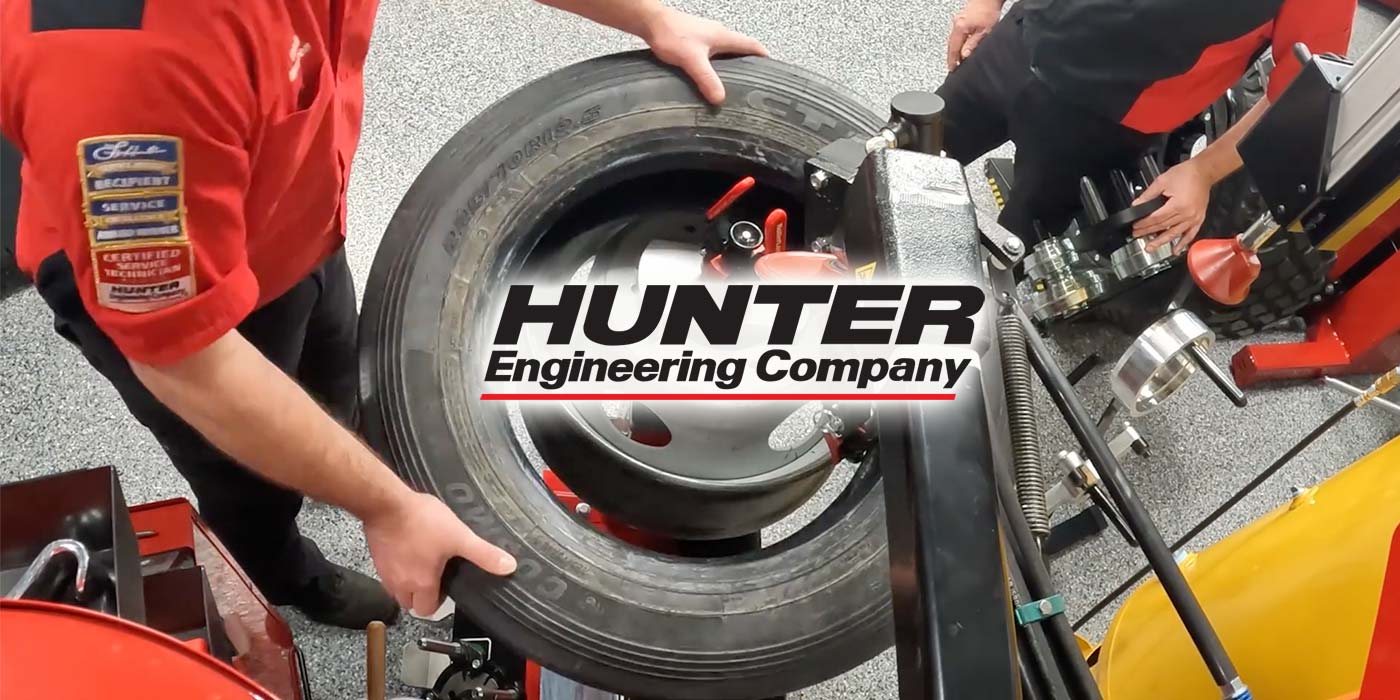There’s been a lot of talk lately about R1234yf refrigerant. The new kid on on the block in the air conditioning world, R1234yf has been phasing in since 2012, but starting with the 2022 model year, nearly every car sold with air conditioning will use it in their systems.
Impressive, but here’s another dramatic stat – millions of cars are still out there using the refrigerant R-134a, introduced in 1995.
Starting in the early 2000s, the most popular type of condenser for vehicles that use R-134a has been the parallel flow condenser, because it’s by far the most efficient condenser for this type of refrigerant. Parallel flow condensers don’t have a large hollow tube that the refrigerant flows through, but a series of very small tubes close together in a row with the internal diameter about the size of a pin head. This helps to improve the surface area of the condenser and increase its cooling capacity.
Its multi-channel construction allows the refrigerant to make multiple passes through the condenser, which provides maximum heat transfer. Also, the smaller tubes and wide surface area allow the maximum amount of refrigerant to encounter air flowing through the condenser fins.
Unfortunately, the characteristics that make the parallel-flow condenser so efficient are among its major drawbacks as well.
The tubes that efficiently transfer heat are so small that they trap any contamination in the system that tries to pass through them. What that means for your customers is that flushing the A/C systems won’t remove the contamination from the condenser. These particles will create a restriction in the condenser and make the high-side pressures go up, forcing the compressor to work harder and possibly fail. It’s also possible that the contamination in the condenser can work itself free and end up at the compressor, where it also will cause a failure.
Here’s the bottom line: If your customer’s A/C system has a parallel-flow condenser, and there’s a situation where you need to flush the system, it’s strongly recommended that you replace the condenser. That’s because a parallel-flow condenser cannot be flushed – only replaced. Since flushing the system is always recommended when replacing a failed compressor, if your customer needs a new compressor, odds are they’ll need a new condenser too.
Here are a few other tips to help make your next air conditioning service job more productive
• Did you get all the old oil out of the system? If the system was low on refrigerant, most of the oil will be caught in the evaporator.
• Check each vehicle for system contamination. Remaining contamination will destroy new components.
• Use the oil recommended by the compressor. The oil needed may not necessarily be the same as the original O.E. Viscosity. The oil is for the compressor, not the system.
Does the compressor need Polyalkyline Glycol (PAG oil) or a specific type of oil with dielectric properties? Be sure you know!
• Use the recommended amount of oil for the system. More is not better and can lead to reduced efficiency from the compressor.
• Use a charging scale to correctly measure the system charge. Measuring the system charge is impossible to do with cans.
No matter if you’re in the sunny south or the frozen north, your customers demand a lot from the systems in their cars. Your expertise in air conditioning diagnosis and service will do more than keep them cool – it’ll keep them coming back.
Note: gpd 65 series compressors (e.g., 6511414) are prefilled with the correct amount of oil specified for the system. Replacement compressor design and oil requirement may vary from original design. Refer to manufacturer specifications for vehicle and replacement compressor.
This video is sponsored by The Group Training Academy.













